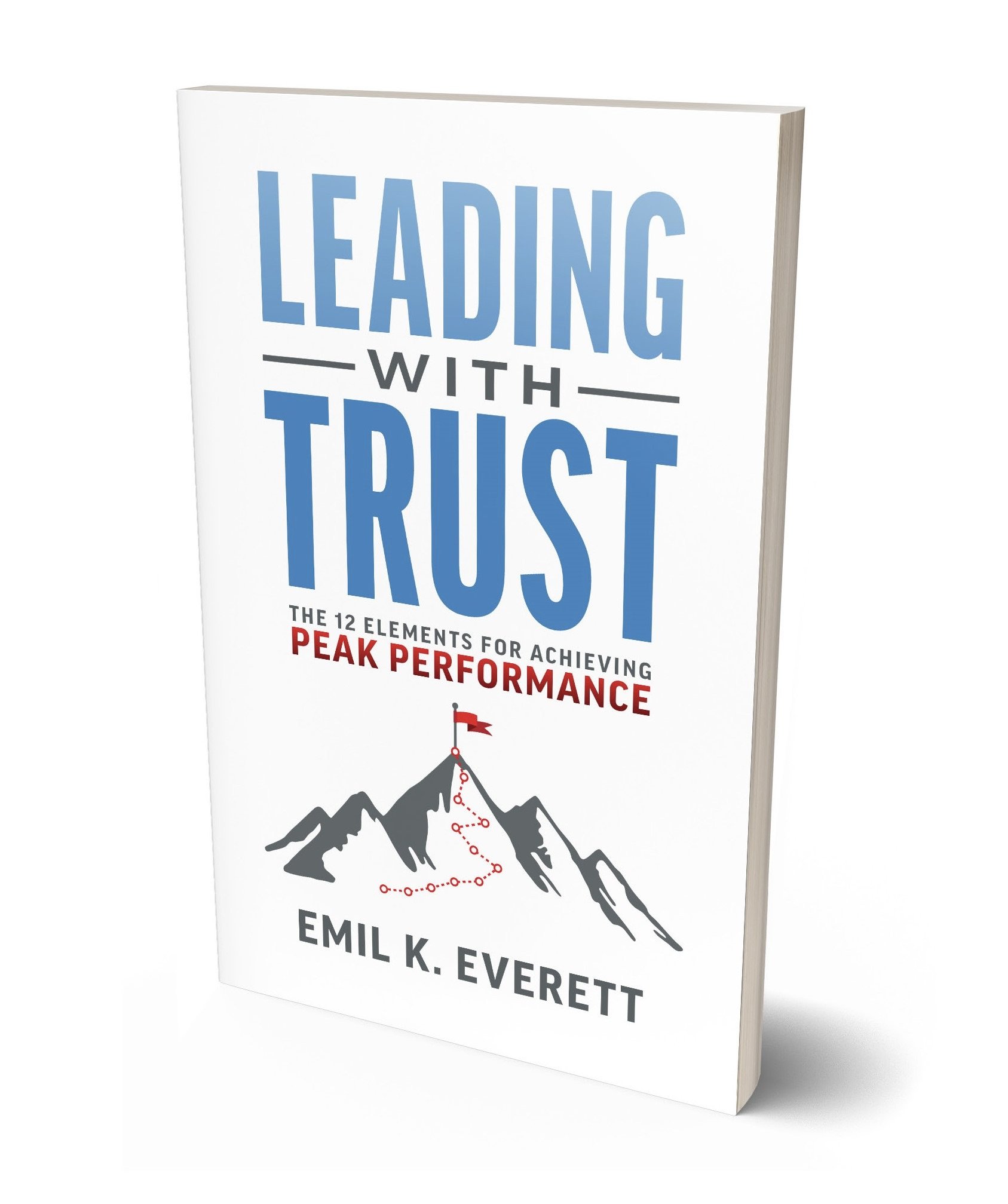Navigating Leadership Styles for Optimal Results
Having the right leadership style at the right moment is a critical factor in the success of any team or organization. Over time, various leadership styles have emerged, each with its unique approach and impact on a team or organization. Research by Daniel Goleman* suggests that the most successful leaders can adapt and apply various leadership styles as the situation demands. This post delves into the different leadership styles, outlining their characteristics, highlighting their pros and cons, and providing situational contexts in which they may be effectively employed.
Authoritative Leadership: Authoritative leaders provide clear direction and vision to their teams. They are confident decision-makers who inspire their followers through their vision and strong communication skills. They set high standards and expect their team members to meet them.
Pros:
Provides clear guidance and direction.
Creates a strong sense of purpose and alignment.
Effective in crises where quick decisions are needed.
Cons:
It may stifle creativity and independent thinking.
It can be perceived as domineering or authoritarian.
Relies heavily on the leader's vision, potentially excluding valuable input from team members.
Situational Context: In rapid change or emergencies, authoritative leadership can effectively guide teams toward immediate goals and decisions.
Democratic Leadership: Democratic leaders emphasize collaboration and inclusivity. They value input from team members, encourage open communication, and involve the team in decision-making. This style promotes a sense of ownership and responsibility among team members.
Pros:
Fosters a culture of teamwork and participation.
Draws upon diverse perspectives for well-informed decisions.
Enhances employee morale and engagement.
Cons:
This can lead to slower decision-making due to consensus-building.
It might result in indecision if opinions are too diverse.
Not suitable for situations requiring quick and decisive action.
Situational Context: When brainstorming ideas, fostering innovation, or implementing changes that require collective buy-in, democratic leadership can be highly effective.
Coaching Leadership: Coaching leaders prioritize the growth and development of their team members. They provide regular feedback, encourage skill-building, and offer guidance to help individuals reach their full potential. This style is built on mentorship and personal improvement.
Pros:
Enhances individual skills and talents.
Fosters a culture of continuous learning.
Strengthens relationships and trust within the team.
Cons:
It can be time-consuming, impacting immediate task execution.
May not work well with experienced or self-directed team members.
Requires a high level of emotional intelligence from the leader.
Situational Context: Coaching leadership is effective when nurturing the skills of a relatively young or inexperienced team or when an organization aims to develop its talent pool for the long term.
Pacesetting Leadership: Pacesetting leaders lead by example, setting high-performance standards for themselves and their team. They expect excellence and often take on tasks themselves to showcase the desired level of work.
Pros:
Drives a strong sense of achievement and ambition.
Demonstrates dedication to quality and results.
Effective in a highly motivated and skilled team environment.
Cons:
This may lead to burnout due to constant pressure to meet high standards (high turnover).
It can create a competitive rather than collaborative atmosphere.
Refrain from personal growth and skill development.
Situational Context: In projects requiring exceptional quality or when working with self-motivated and experienced teams, pacesetting leadership can be beneficial for achieving top-tier performance.
Coercive Leadership: The coercive leadership style is characterized by a strong emphasis on immediate compliance and control. Leaders employing this style demand obedience and expect tasks to be executed without question.
Pros:
In urgent situations, quick decisions are made.
Less ambiguity with direct demands.
Establishes a clear chain of command.
Cons:
Diminishes employee morale and engagement.
Suppresses innovation and initiative.
It may lead to resentment and high turnover.
Situational Context: A coercive leadership style is adequate to address emergencies and when quick decisions and unified actions are necessary to mitigate damage or harm.
Affiliative Leadership: Affiliative leaders prioritize building solid relationships among team members. They foster a harmonious work environment, promote open communication, and focus on emotional well-being.
Pros:
Boosts team morale and creates a supportive atmosphere.
Resolves conflicts and builds cohesion among team members.
Effective during times of stress or after a period of turbulence.
Cons:
They might overlook poor performance due to an emphasis on harmony.
It can be perceived as avoiding tough decisions.
It may not drive innovation or challenge the status quo.
Situational Context: In times of team conflict, low morale, or rebuilding trust after a setback, affiliative leadership can help mend relationships and restore a positive workplace environment.
In the world of leadership, one size does not fit all. The most effective leaders can adapt their leadership styles to suit the context and needs of their team or organization. By understanding the characteristics, pros, and cons of various leadership styles, leaders can decide which approach to adopt in a given situation. Flexibility, open-mindedness, and a commitment to continuous improvement are the hallmarks of leaders who genuinely get results.
*Leadership That Gets Results by Daniel Goldman, HBR, March-April 2000

